We are living in an unprecedented time in history. The COVID-19 pandemic is affecting nearly every aspect of our lives and has demanded abrupt changes in the status quo. Nowhere is this more evident than in education. Schools closed virtually overnight and went online for many students. These changes, however, offer an opportunity for policymakers, scientists, and educators to rethink how we might create a system that is designed for the 21st rather than the 20th century—one that will equip students for the jobs of tomorrow and address systemic inequalities.
Why the status quo isn’t working
The “factory model” of education continues to dominate American classrooms. Students are considered “products” generated by the school and standardized testing provides “quality control.” No Child Left Behind (NCLB), adopted in 2002, intensified this approach. Teachers faced pressure to improve students’ reading and math scores, or risk working at an underfunded, “failing” school. Meanwhile, the scores in reading and math were largely unaffected by the policy. The Every Student Succeeds Act replaced NCLB, but the most recent National Assessment of Educational Progress suggests that the needle still failed to budge. Only 37 percent of American 12th graders were identified as at least proficient readers, and just 24 percent were at least proficient in math. Our nation’s emphasis on reading and math content to the exclusion of other important skills is not working.
This school year posed many more obstacles than usual, but it could simultaneously open the door for unprecedented innovation. School districts that rolled out Wi-Fi school buses and teachers who enlisted their students as backyard “nature detectives,” organized online field trips, and facilitated virtual lunch breaks show us an alternative way. As we consider what school may look like after COVID-19 recedes, now is the time to collaboratively build on these innovations and rethink the classroom. Now is the time to implement teaching that is consistent with evidence from the science of learning that will prepare students for a 21st century workforce.
A call for playful learning and breadth of skills approach to education
Our recent report in the Brookings Policy 2020 series presents one model for transformational education reform. It capitalizes on growing consensus in the scientific community around: 1) how children learn, and 2) what children learn. When examining how children learn, we rely on evidence from the interdisciplinary science of learning to promote a set of learning principles: Children learn best when education is active with room for discovery and experiential learning through inquiry and reflection; consistently engaging without distraction; made meaningful through connections between new information and prior knowledge; socially interactive with peer collaboration and adult support; iterative with chances to form, test, and revise hypotheses about how the world works; and joyful. As the name suggests, these principles naturally emerge through guided play, in which an adult facilitates child-led playful activities to meet a learning goal.
To address what children learn, we offer a breadth of skills approach, “the 6 Cs,” which include collaboration, communication, content, critical thinking, creative innovation, and confidence. The “6 Cs” build on each other systemically and respond not only to the scientific data, but also to business leaders, who advocate for collaboration, communication, critical thinking, and creativity in the workplace, and educators eager for 21st century reforms.
Our playful learning principles and “6 Cs” are intentionally flexible, prioritizing educator expertise and cultural diversity in engaging, meaningful learning. In this sense they offer a more equitable system that is easily adaptable. Indeed, we are collaborating with an elementary school in a small Midwestern city, where approximately 80 percent of students qualify for free or reduced-price lunch and 80 percent identify as Latinx. The school used a farmers market theme to promote the “6 Cs,” increasing their students’ critical thinking, creativity, and confidence, as well as their standardized math and reading scores.
Bringing playful learning and the 6 Cs into the community and across the world
The “6 Cs” apply to learning opportunities both in and out of school. The Playful Learning Landscapes initiative, for example, transforms supermarkets, bus stops, local libraries, and sidewalks into playful learning activities—using the how and what of learning as a guide. Our model is also international, mapping neatly onto existing projects like Project Rangeet that works with full-time educators and community mentors in Bangladesh and India to teach children about self, society, and sustaining the environment.
To fully scale the breadth of skills approach, individual lessons, and even learning standards and education policies, will need to focus on content while nesting it amidst the other 21st century skills. But as Linda Darling-Hammond and colleagues recently articulated, that change is possible. Indeed, New Hampshire’s recent statewide implementation of play-based kindergarten will allow us to test some of these ideas at scale.
It’s true that a “6Cs” approach is a departure from what “school” has looked like for centuries. Yet, sometimes, being forced to think outside the box invites educational solutions that better fit the current times. Our recent report offers one pathway to modern transformational reform.
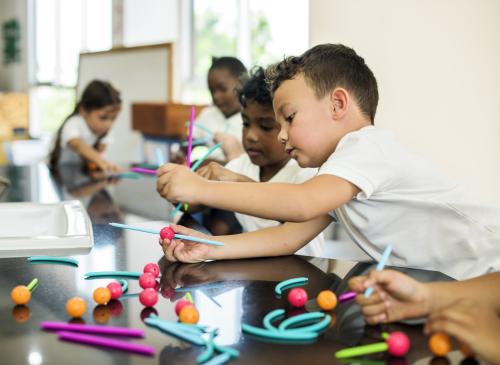

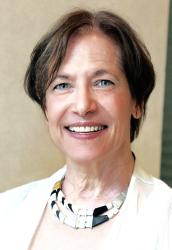

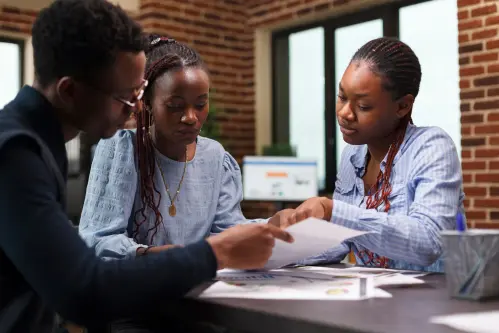
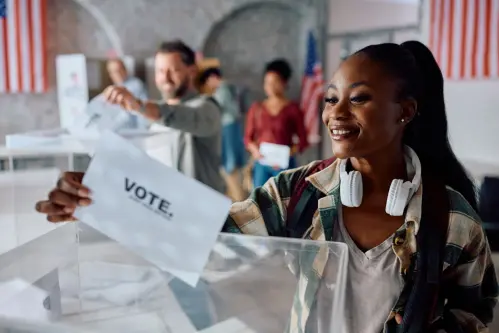
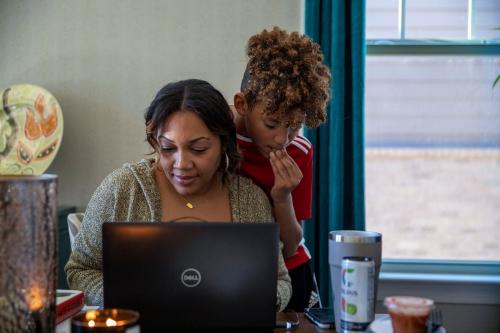
Commentary
An unprecedented time in education demands unprecedented change
November 13, 2020